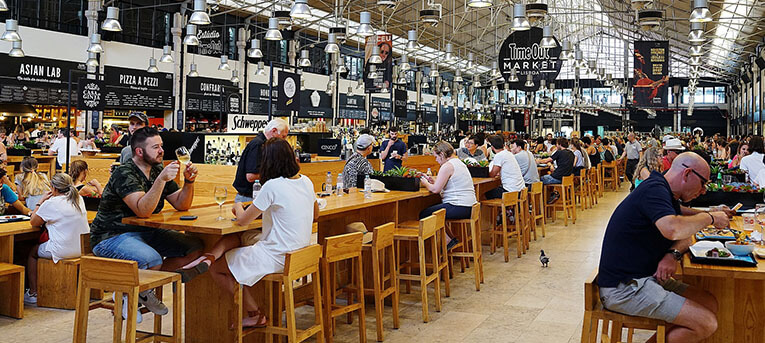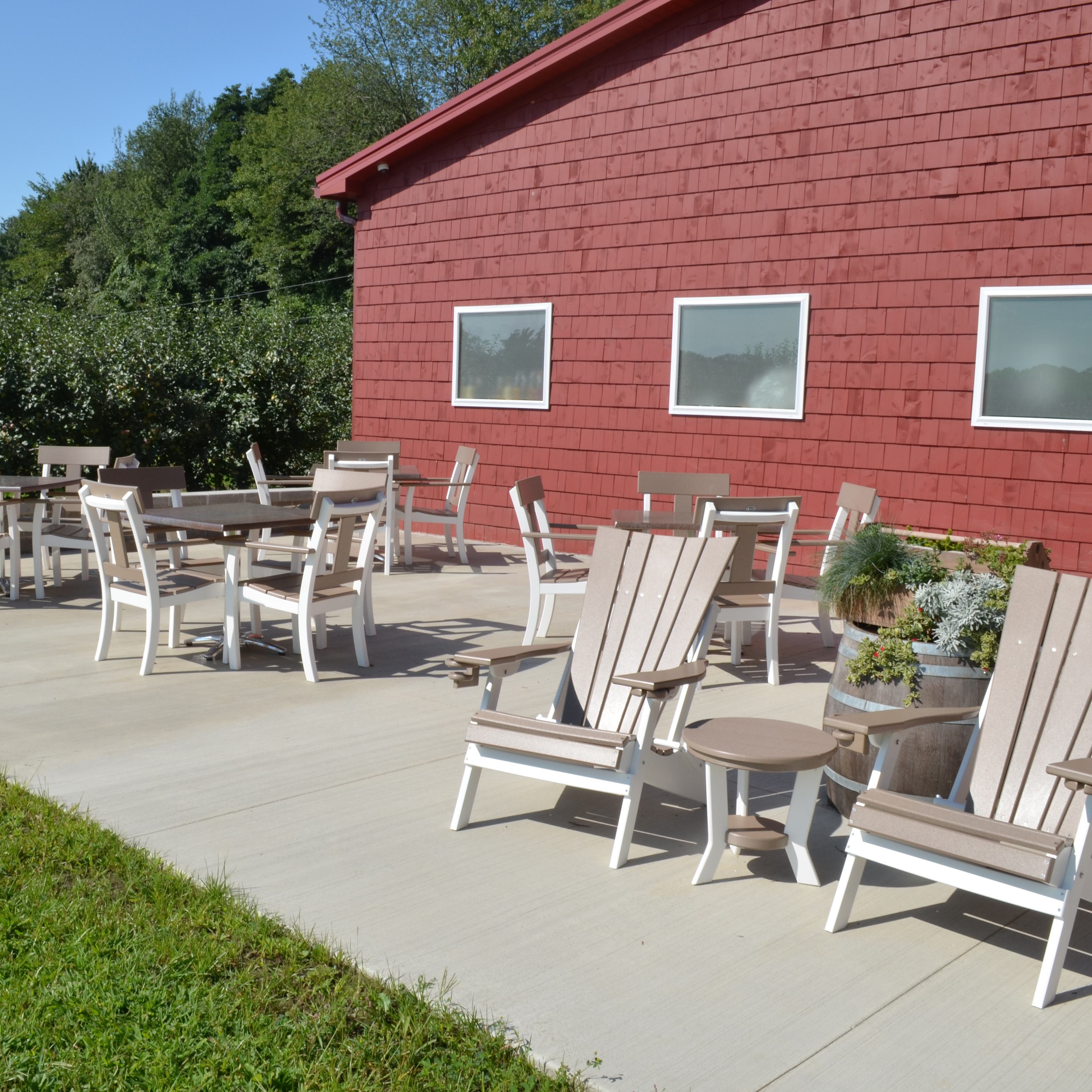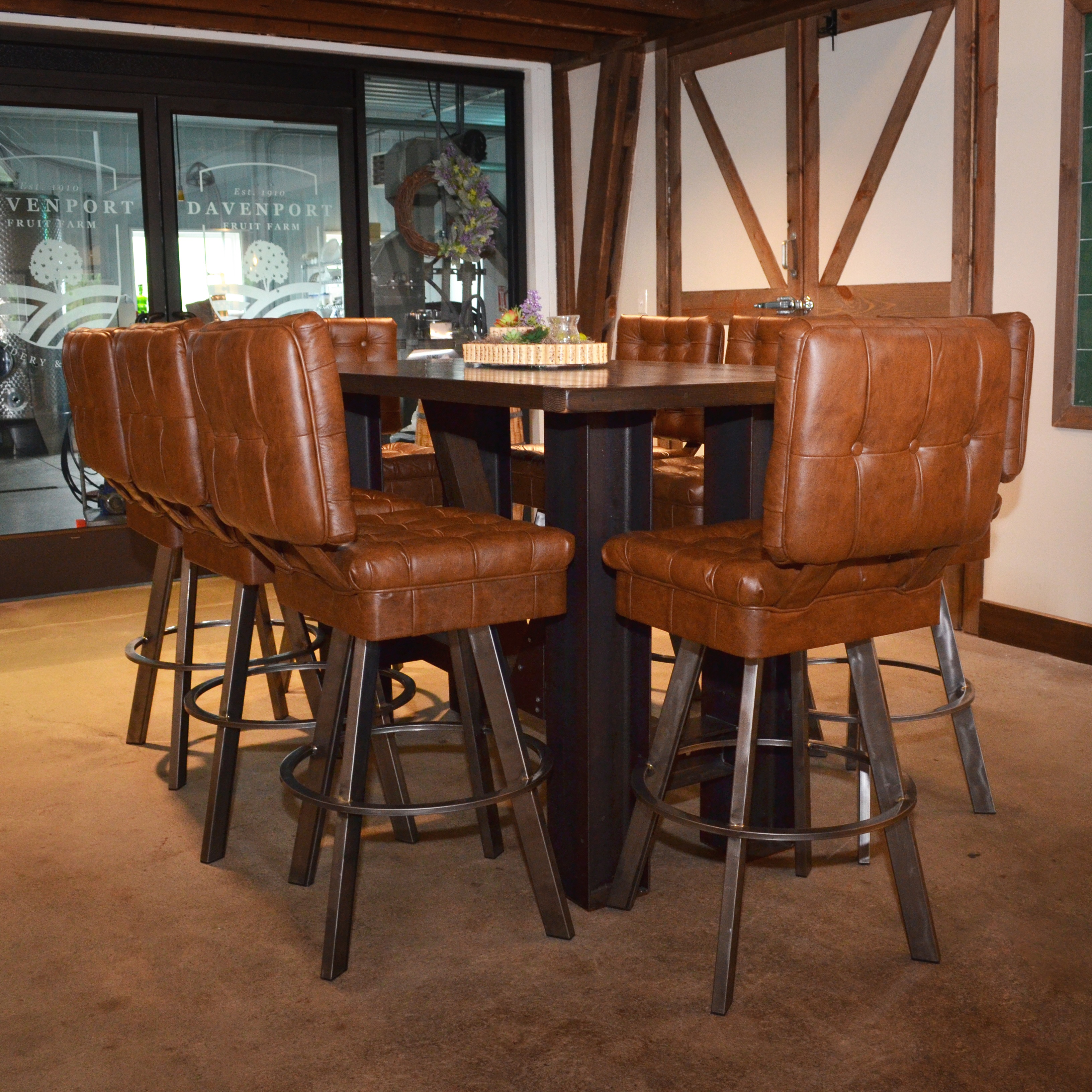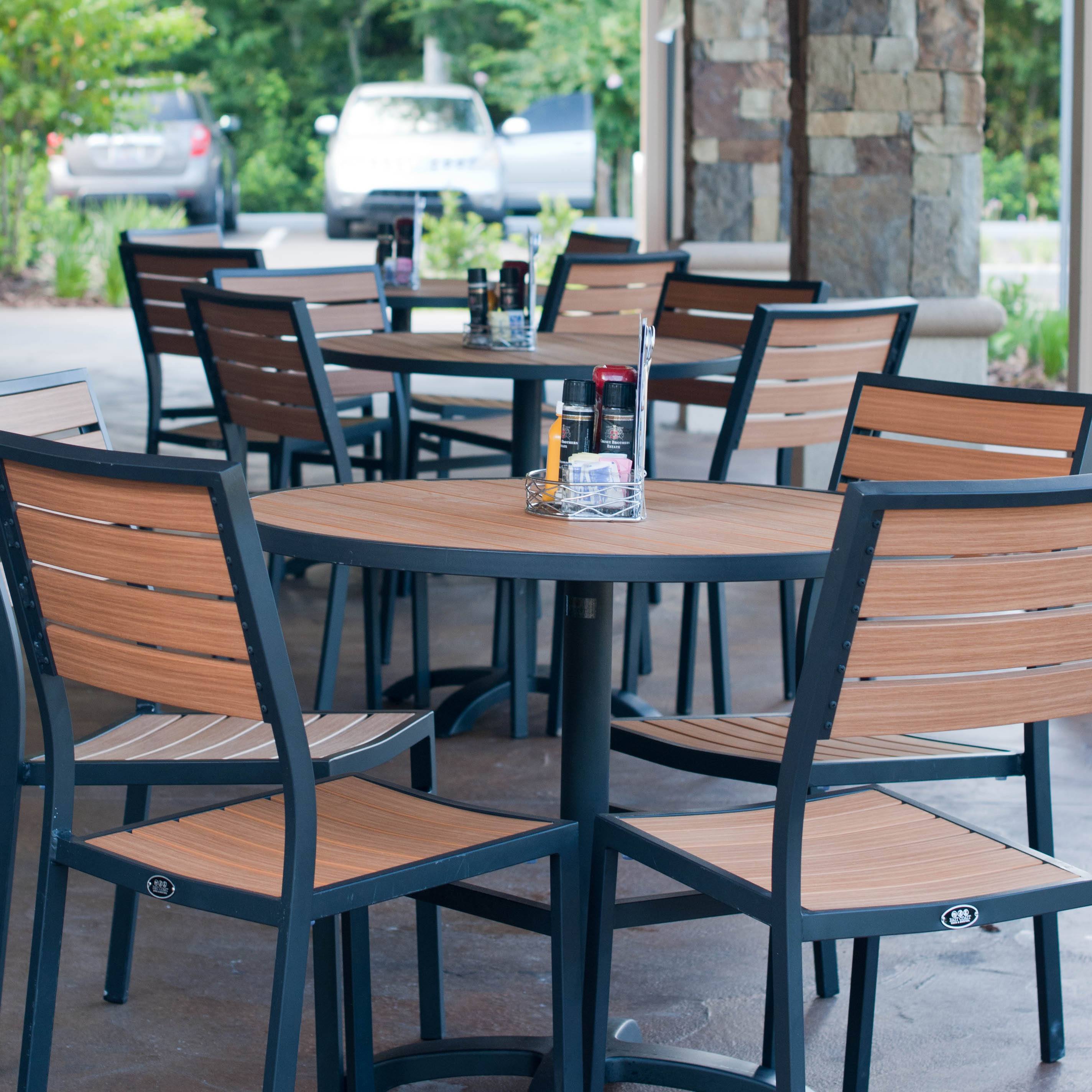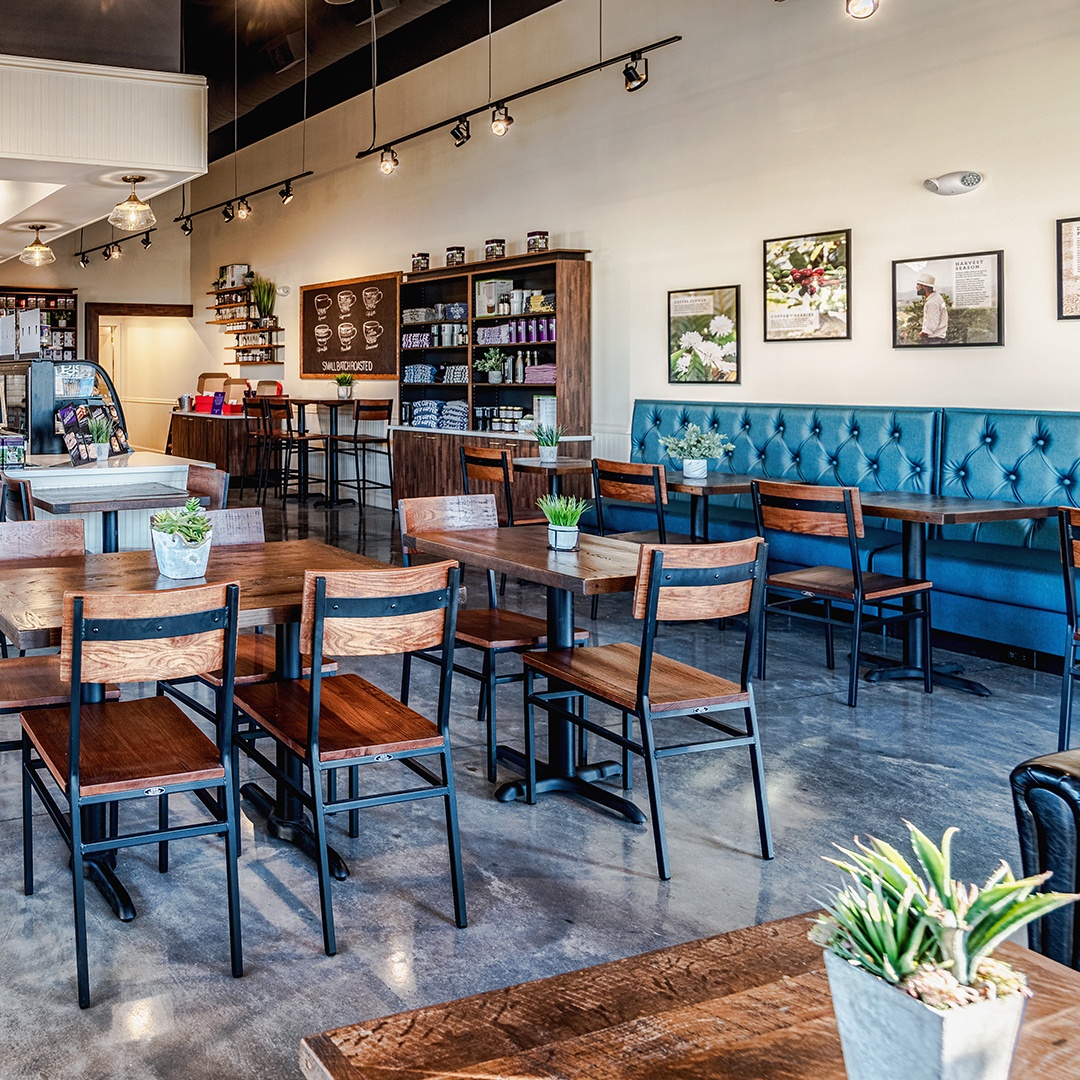‘Fall’, ‘collapse’, ‘failing’, and even, ‘dying’. These are just a few of the words that have littered headlines the past year, describing the closure of America’s malls and vacant retail spaces. But with the death of brick and mortar stores, one section of retail has thrived—food.
Food has become more than just daily sustenance; people want to experience their food in exciting ways. In 2008, food trucks were all the rage, a trend that is still visible today. Almost ten years later, food halls are taking over the US, one city at a time.
Thanks to the perfect storm of the Food Network, millennials, and “foodie” culture, the food hall trend has skyrocketed in the US market. Per Cushman & Wakefield, the number of existing food hall projects increased 37.1% in the first nine months of 2016. This trend has left its mark on cities like New York City, Chicago, and Los Angeles and is moving its way into Austin, Washington D.C., Miami, and Charleston in 2017.
But what is the difference between the food courts of yore and these newfangled food halls? Why quality, of course. In food halls, you won’t find the stereotypical hot dogs that have been turning on rollers for the past week or slushies with Red Dye 40 like you would a traditional food court. Instead, you will find artisanal enchiladas and hand-rolled chicken dishes.
With a new mission and business model, food halls can escape the confines of a mall food court, bring quality food to surrounding communities, and offer a restaurant incubator-like setting for new chefs.
Here’s Why Food Halls Are Taking Over:
Space Revival
Food halls can be a range of sizes, making blueprints malleable and transitional for just about any location. Not all halls have the sheer size of Chelsea Market (clocking in at 165,000 square feet) or Eataly (not looking too shabby with 50,000 square feet), others can hold their own with smaller spaces like the Smallman Galley (with 6,000 square feet) or the Pennsy (at 8,000 square feet).
Because they can fit a variety of spaces, food halls can be located anywhere that a space is open. For example, empty mall anchor stores can be a good foundation for larger food halls, while the ground floor of office buildings can provide adequate space for smaller models. If there is an available space, food halls can fill and occupy it, giving new purpose.
The ability of food halls to morph into any shape or size free space allows them to focus on the root of their business: providing quality food to the community.
Community
Interestingly enough, food halls are not a new concept. It’s no surprise in the United States that this trend first started to take hold in the cultural mecca of New York City. According to Cushman & Wakefield, a real estate powerhouse, New York City accounts for more than 25.4% of all United States food hall projects.
With a flexible location, food halls bring together different palettes, diets, and preferences, all under one roof. Because of the vast offerings in a single space, it creates opportunities for the surrounding community to gather. In the U.S., food halls have gravitated toward cities, because they give office workers a haven to snag lunch, coffee, and a break from their cubicle. If they offer seating, food halls will often use communal tables because the dining space is like no-man’s land. Whether you’re a fan of communal dining or not, this type of seating arrangement leaves the decision up to the patrons whether they want to mingle or stay in their proverbial bubble.
Operator-Friendly
New businesses can drive traffic to neighborhoods and often increase profits of other businesses in the area as well. The business model of a food hall is no different. These food halls present a lower risk option for both developer and hopeful restaurateur, with quick customer turnover and fewer startup costs. While building owners have the ability to charge a higher rent rate (taking popularity into consideration as well), that rate is still less than the cost of an entire restaurant for a chef just starting out. Instead of a sole tenant being responsible for the cost, utilities are often split, lessening what a typical restaurant would pay. Food halls serve as a restaurant incubator for up-and-coming chefs that maybe aren’t quite ready to break out all on their own.
While the quality of food halls is much different than that of a food court, the concept is similar. The beauty of food halls is that they aren’t restaurants; change is a part of the norm. These are places where food-lovers of all kinds can gather together and enjoy new fares daily. The cyclical fashion of always bringing in new talent, food, and customers is exciting for the restaurant industry, even when other sectors of retail seem to be flopping.
With this trend still sweeping the nation, the list of cities with food halls continues to grow, check out this list to see if one is headed toward you!
Need help outfitting your food hall? Call our customer care representatives at 1-800-986-5352 for the latest trends in commercial furniture and what would work best in your establishment.

